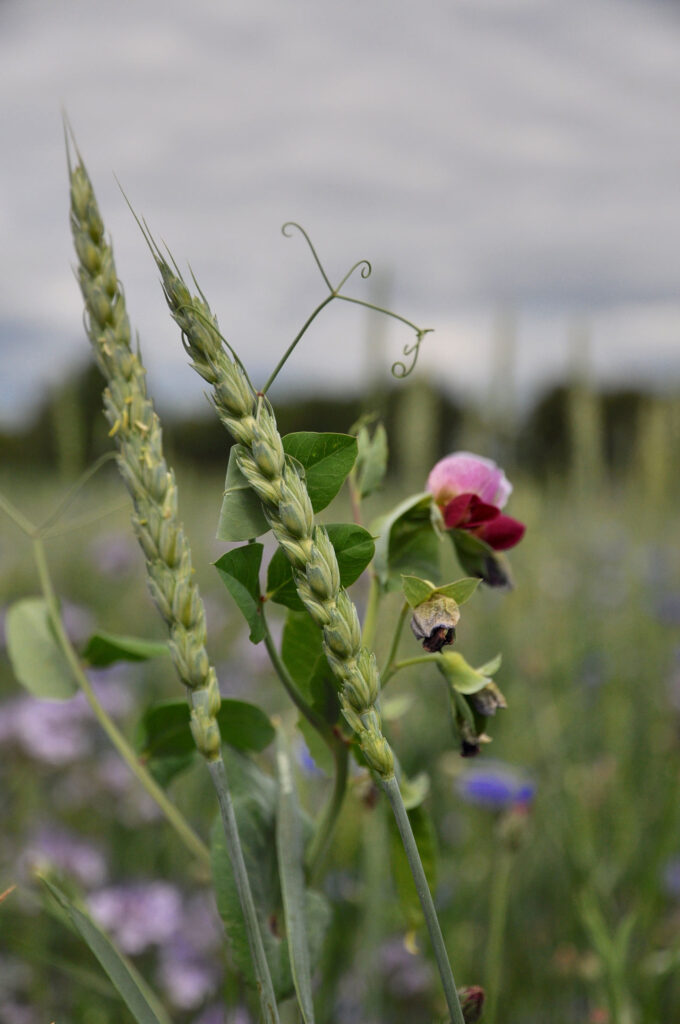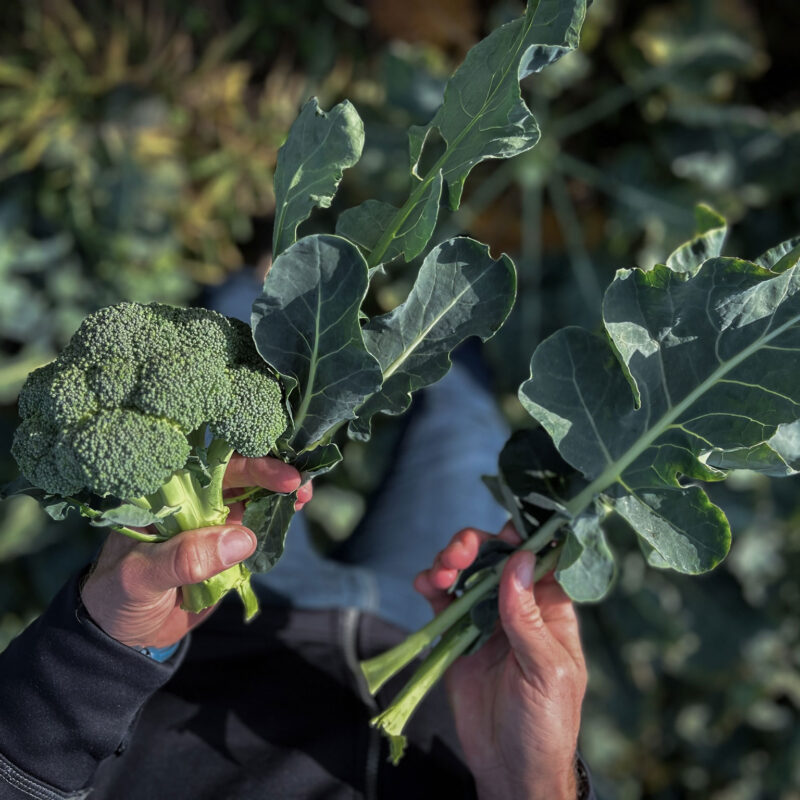Grey peas – a forgotten staple that adds flavor to minced legumes
2020.03.05
Which protein crops are the most interesting to push in Sweden to enable a protein shift? This was the question asked by Axfoundation when the first test cultivation was planned at Torsåker farm during the spring of 2017. The result was the sweet lupine for its high protein content, broad bean because it’s already widely established in Sweden and the nutty but forgotten grey pea – a trio that today forms the base of Swedish Minced Legumes. An increased demand for grey pea is now noticeable and its cultivation is beginning to re-start in Sweden.
”We notice that grey peas have really gathered momentum and we get more and more inquiries from food companies that are interested. We think that it’s mainly because of the minced legumes.” – Håkan Jonsson, Managing Director at Kalmar Öland Trädgårdsprodukter (KÖTP)
Grey pea is the legume that adds both nuttiness and body to the Swedish Minced Legumes. It, together with sweet lupines, broad beans and leftovers from cold-pressed rapeseed production and a little salt is the content of Swedish Minced Legumes, which is completely free from preservatives, texture additives and flavour enhancers. Nothing else is needed to create a tasty mince full of proteins with good amino acid profile and fibres. The minced legumes were born at Torsåker farm, were production developed in collaboration with Urban Deli and Grönsakshallen Syd and then scaled up. Today it is sold to restaurants, school canteens and food companies all over Sweden.

At Torsåker farm, Axfoundation has tried to grow wheat and grey pea together.
Swedish farmers are increasing the cultivation of grey peas
The production of minced legumes quickly outgrew Torsåker farm since it is a test farm and today it is farmers around Sweden who have continued to grow the crops for the mince. The grey peas primarily come from the producing cluster Kalmar Öland Trädgårdsprodukter (KÖTP) which consist of 125 growers on Öland and in the Kalmar region. That Kalmar Öland Trädgårdsprodukter could quickly kick-start the cultivation was partly thanks to the neighbouring Baltic States. Farmers there have, unlike in Sweden, never stopped growing grey peas, but have instead continued to develop it. In Latvia they have gone even further and have had the finest variety, Retrija, protected through the EU’s Protected Geographical Indication.
“We have a very good working relationship with Latvia University of Agriculture and have been given the opportunity to buy seeds from them. It would have taken many years to reach commercial volumes without their help.” – Håkan Jonsson, Managing Director KÖTP
Historically a staple in the Nordic countries
It is surprising that the grey pea, with its high nutritional value and rich taste, completely lost ground in Sweden from the 19th century till today. Together with beets and grain it was staple in the Nordic countries and was used in everything from soups to bread. It has even been said that each parish in Sweden had its own grey pea variety before it was phased out to make room for more crop secure peas (yellow and green).
However, thanks to The Nordic Genetic Resource Centre, several grey pea varieties of Swedish origin are preserved. The company Nordisk Råvara have cultivated many varieties, one being the much appreciated “Rättviks gråärt”, which today is sold to the best restaurants in the country.
How did the first tests of grey pea cultivation turn out at Torsåker farm that spring of 2017 then?
“The first tests at Torsåker did not go very well. The seed was irresistible to the large flock of pigeons that were close by during the sowing and they ate most of it. We had an OK yield the following year in spite of the extreme draught and we’re convinced that this is a pea to back in a big way.” – Anna Henning Moberg, Project Developer Torsåker farm, Axfoundation

























































